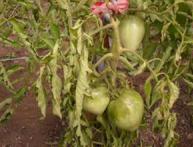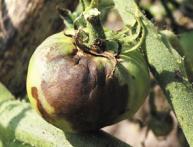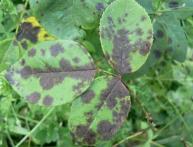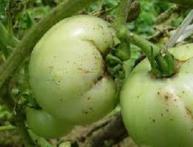Sweet pepper diseases. Tobacco mosaic and verticillium wilt
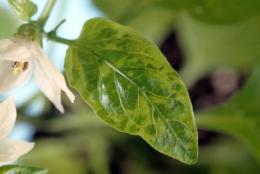
If not sweet pepper diseases, then growing this beloved crop would be much easier.
Most often on the upper leaves of pepper you can find spots of light or dark green shades. This causes the leaves to acquire a mosaic pattern, which is caused by tobacco mosaic virus. Due to disruption of tissue structure leaves may curl. The virus easily infects not only the foliage, but also the fruits of the plant, forming on the latter depressed brownish spots. Particularly susceptible to the disease are unripe peppers, on which the delicate skin becomes thinner, and their flesh is subsequently affected. Infected plants stand out for their slow growth and reduced yield.
The difficulty of fighting tobacco mosaic, as with other viral diseases, is that it is almost impossible to get rid of the virus. All affected plants should remove and burn immediately. You cannot plant peppers in a place where this disease was previously discovered.
Sweet pepper diseases are complemented by verticillium wilt. This disease is caused by a fungus that can live in the soil for about several years, regardless of weather conditions. Verticillium is characterized by withering of foliage, which increases as the air temperature rises.The disease begins to affect the lower part of the plant, gradually spreading over its entire surface.
To prevent the development of verticillium wilt, you should strictly follow the recommendations for agricultural practices for growing sweet peppers. It is important that the soil in which the seedlings are planted pepper did not overheat, permissible maximum temperature - 28°C. If diseased plants are found, they should be isolate immediately, removing along with a lump of soil. It is recommended to inspect pepper plantings every 10 days.

